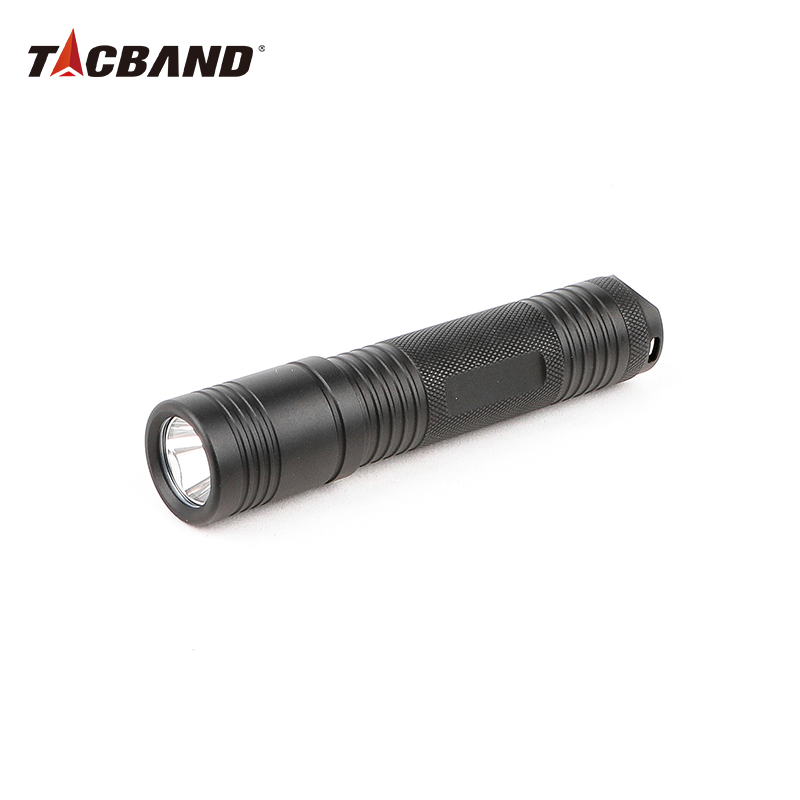Hunting is a popular kind of outdoor activity. Hunting, whether for sport or food, necessitates concentration, skill, and patience. You must also exercise caution because hunting can be extremely deadly. Hundreds of hunters are injured every year. Sure, people have gun mishaps, but not every injury is caused by a misstep with a firearm. Hazards such as unstable terrain or deadly animals put hunters in jeopardy. Before going on a hunt, you should be aware of the potential threats.
Even though you've done hunting before, it's a good idea to take a hunter safety course. Some states in the United States require hunters to complete a safety course before applying for a hunting license. Many states provide hunter safety courses, some of which can be completed online. Most programs need hunters to attend a field day to demonstrate that they have studied and can implement the course's principles. You can take an online course from the International Hunter Education Association (IHEA) at your leisure. The IHEA's hunters, on the other hand, should only use the training as a supplement to a standard hunter safety program.
Our
Tacband team is here to provide five safety tips that every sportsman should remember while hunting.
1. A tree stand can be very valuable hunting equipment that allows hunters to have a better perspective of the surrounding landscape while also avoiding leaving a strong ground scent that the wildlife could pick up on. Tree stands, on the other hand, might be extremely hazardous. They give the hunter with a relatively limited surface on which to kneel, sit, or stand. Getting on and off a tree stand safely might be difficult, and there's also the trek up and down the tree to consider.
That's why, when using a tree stand, you should always employ fall restraints and harnesses. A fall restraint tethers a hunter to the tree, not the tree stand, in general. Restraints and harnesses come in a variety of styles. It's critical to have the restraints on from the start of your ascent until you're safely back on the ground. If your restraint system catches you after a fall, you should have a plan for securely lowering yourself to the ground.
2. You should go hunting with at least one buddy whenever possible. You and your partner can keep an eye on each other if you work together. If one of you has an accident, the other can help the hurt person or seek assistance. Under some particular conditions, something as basic as a twisted ankle can swiftly become a life-threatening emergency.
Working with a buddy is especially vital if you'll be hunting in unknown territory. You'll have a higher chance of exploring the region and having a better hunting experience if you do it together than if you do it alone.
If you enjoy hunting as a solitary activity, you should at the very least let others know when you're heading out to hunt. Tell someone else of your hunting plans and where you'll be hunting. You should also schedule a time to check in with that individual after your hunting trip to let them know you're fine. You don't want the added dangers of being caught outside without anyone knowing where you are if you get hurt.
When you go hunting, keep in mind that you might not be the only one out there. As a human being, you want to make sure you're visible and identifiable. For that reason, blaze orange, commonly known as
hunter orange, should be worn at all times. Wear an orange vest or jacket, as well as a hat, if possible. This can help other hunters distinguish you from the game.
3. When you go hunting, another smart piece of advice is to have a
flashlight with you. A flashlight can assist recognize you as a person if you hunt late at night.


You may check out more detail on
picking and using flashlights
4. It's the decisive moment. After several hours of waiting, you've finally found your game target. You immediately place your gun, line up your target in your sights, and fire. What's the problem with that?
To begin with, that is not the proper method for ensuring a successful and humane kill. You want to make the finest shot possible every time you fire at a game. That's the shot that kills the most people in the most merciful way possible while still leaving the most meat. Second, make sure your aim is a game animal rather than another hunter or a non-game animal. Third, you must be aware of both what lies between you and your goal, as well as what lies beyond it. If you're hunting near a farm or a road, think about what might happen if you miss your shot or if it passes straight through your target and continues. You should never fire off unless you are confident there are no potential risks.
5. You should follow firearms safety guidelines.
Even if you're convinced it's unloaded, treat every gun as though it's loaded at all times. Keep the action of the pistol open and only load it when you're ready to use it. Never aim a gun at yourself or someone else. Maintain muzzle control by pointing the gun's muzzle in a safe direction. Usually, the safest direction is toward the ground.
Until you're ready to shoot, keep your finger off the trigger. You should also keep the safety on your rifle until you are ready to fire.
If you want to utilize a tree stand, secure your unloaded weapon with a thick rope or chain. Before dragging your weapon up behind you, make sure you're on the stand and secure. Lower your unloaded firearm to the ground first when you're ready to come down. With a loaded weapon, never attempt to climb up to or down from a tree stand.

